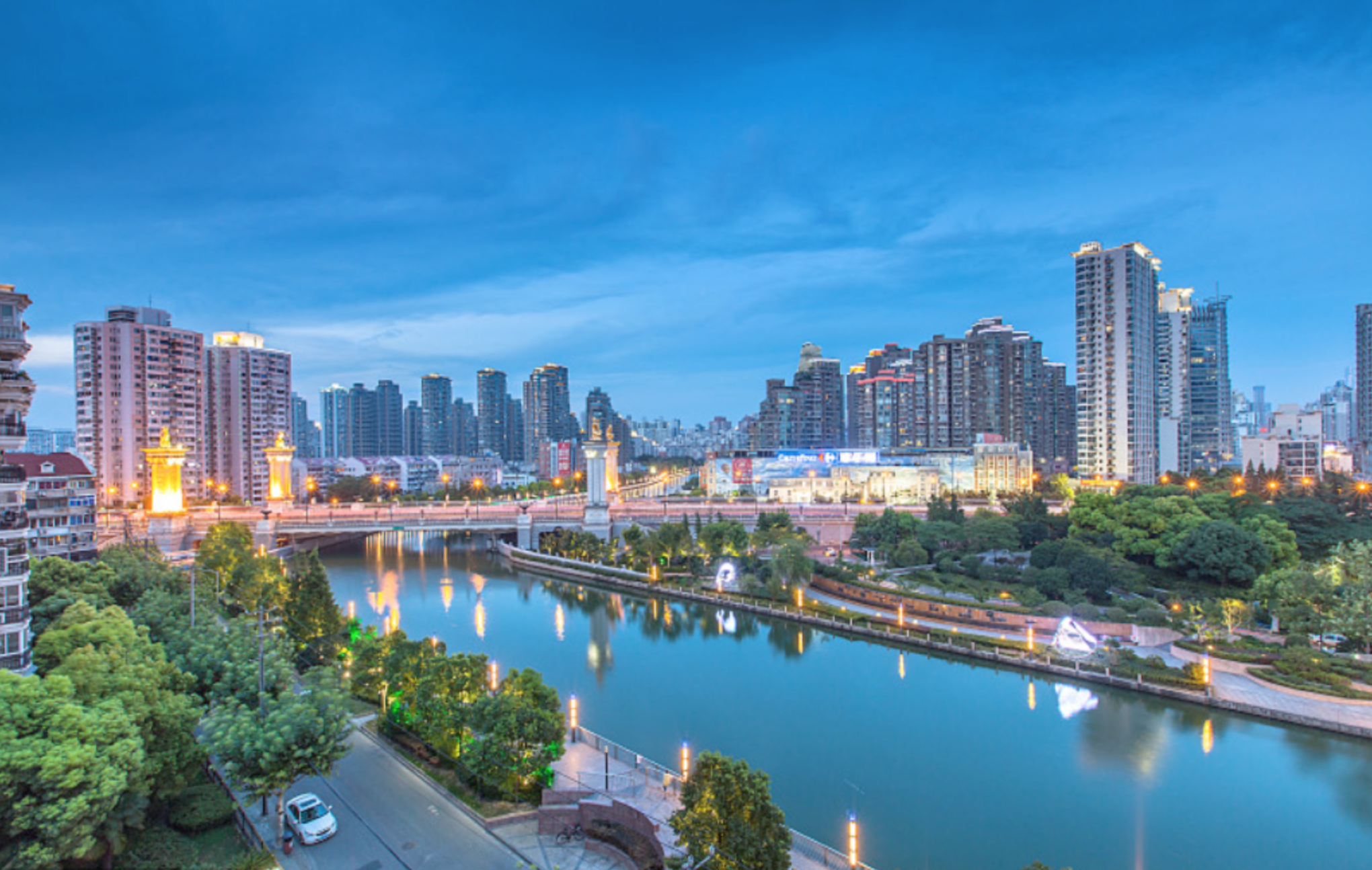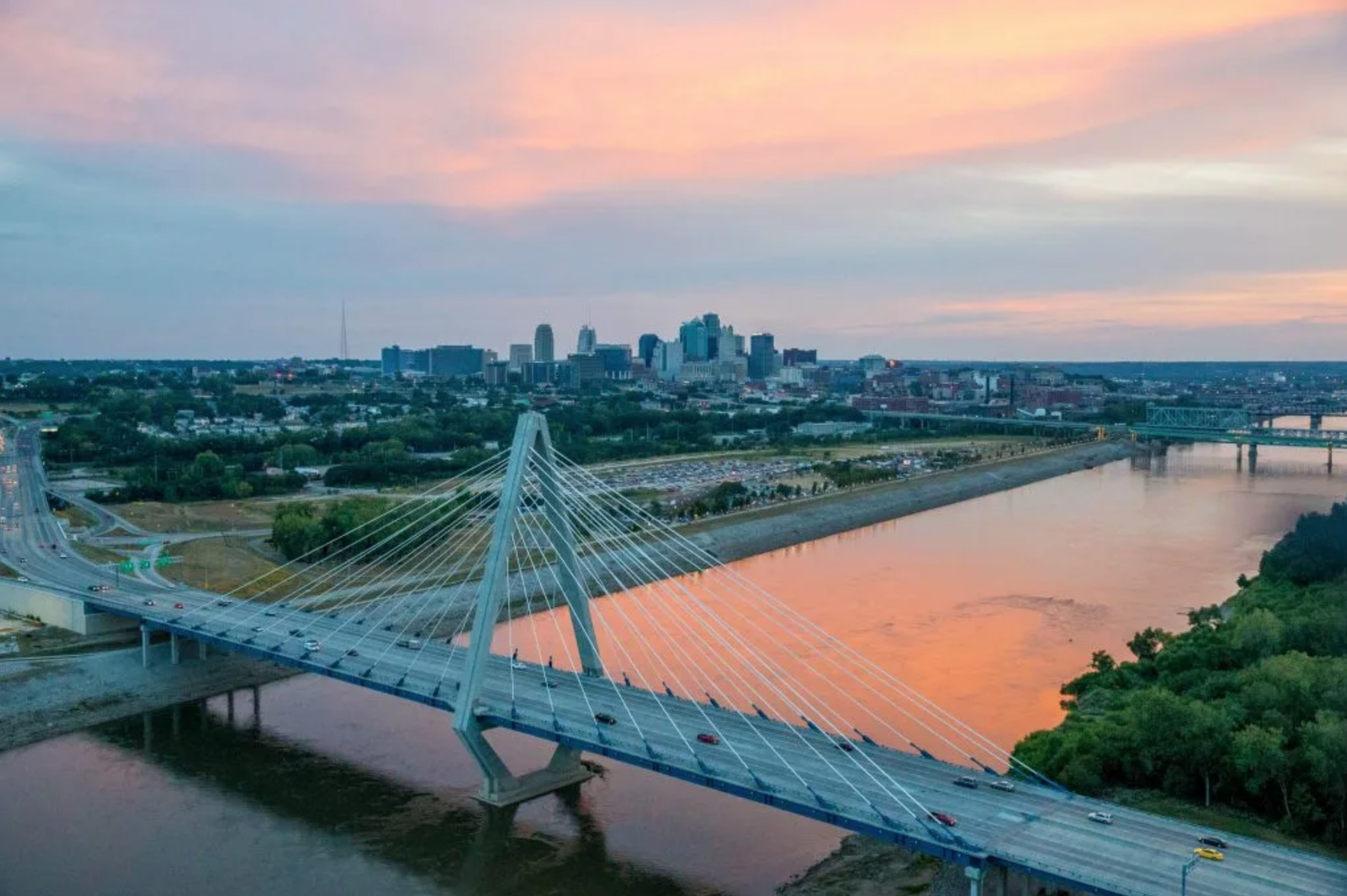Co-Living, Residential and Adaptive-reuse Developments in Shanghai and Kansas City
Located in the Midwestern United States, Kansas City sits on the border between the states of Kansas and Missouri. Shanghai, situated on China’s central coast, is one of the world’s most important financial centers.
Though these cities differ significantly in size and population density, there are notable similarities in terms of architecture and urban development. Historical architecture defines each city, as does its industrial district, shipping district, and transportation centers, where repurposed and abandoned buildings stand side by side in testament to a time past.
Photo credit: berkleyriverfront.com
In the past ten years, Kansas City has seen more and more modern apartments and senior living apartments constructed in the city area. This reminds me of the development that was happening twenty years ago in Shanghai.
I moved to Shanghai with my parents in 2003. At that time, there was a great deal of apartment construction in the city, in fact, there was a construction project on every single block. It wasn’t only about the construction, however; it was also the flow of the population at that time.
It was the first inkling of Co-Living and Co-Working in the world.
Co-Living Apartments and Developments: Kansas City vs. Shanghai
For Co-Living projects, there are some significant differences between Western and Eastern living style. From the plan and diagram below, you can see that the U.S. apartment plan requires more storage area. Consequentially, there is more closet space.
Also, in the U.S., the kitchen requires more space.
In China, apartments are mostly for general residential living, and not made special for any group. However, apartments in the U.S. always have a particular functional specialty, such as senior living, student living, compact unit apartments, apartment hotels, and so on. As most U.S. colleges don’t have enough dormitory space for students, they tend to be more expensive than living off-campus, somewhat of a conundrum for the student, who is stereotypically short of funds. This situation presents an excellent opportunity for a developer to build student-living apartments around the campus.
In Kansas City, the Country Club Plaza area is very close to the UMKC campus. A developer has already started a project at West Plaza Flats, a compact-unit apartment building designed for young people who are working in this area, as well as students and others who enjoy living near the plaza. And our team at B+A Architecture has been involved in working on the architectural design solutions for the developer on this project.
Urban development is happening all over the world. Whether the city is big or small, modern or traditional, humans are heading back to the city in droves, gathering together and choosing to live closer to each other.
As a result, developing the city and living style with an architect’s wisdom and unique perspective provides boundless opportunities to connect people from different disciplines.
The Case for Adaptive Use Development in Shanghai and Kansas City
Kansas City and Shanghai are both facing a similar problem: what to do with all of the abandoned industrial, shipping, and storage districts.
At one time, Shanghai’s economy relied heavily on manufacturing, but today, those once-vibrant factories stand vacant. The economy is different, as well. Though manufacturing is still important, factories have modernized and have moved away from the city center.
As the density within Shanghai continues to increase, developers are focused more on environmentally-friendly architectural approaches and the efficient use of land – which includes reimagining a multitude of empty factories and warehouses.
On a similar tack, Kansas City’s historic industrial district is undergoing a significant transformation. Residents and visitors alike flock to the West Bottoms and the River Market art districts, and the demand for residential opportunities is growing.
Population growth with a shortage of available affordable housing
We can also compare the two cities in terms of population growth. Between the years 2000 and 2015, the population of Shanghai grew by more than eight million. The incoming demographic was younger and preferred urban convenience, eschewing the suburbs and flocking to the city center.
During the same period, Kansas City’s population grew by more than 11 percent, but though this number is proportionately smaller than that of Shanghai, the same issues persist.
In both cities, there is a shortage of available housing. Though there is, technically, enough real estate to adequately satisfy the demand, a strategic approach is needed to make these properties livable. Services and retail must be present to support the needs of both families and individuals, and to that end, more apartments, co-living, co-working, and mixed-use developments are sorely needed.
In our estimation, this need represents an exciting opportunity for developers, both in America and in Shanghai. Reach out to Lubin Han and the team at B+A Architecture today to learn more about apartment, co-living, and adaptive reuse projects.






